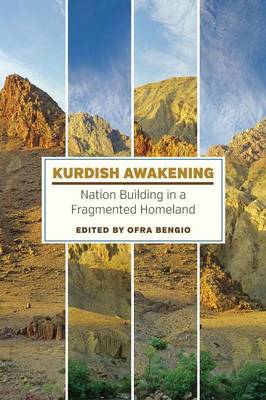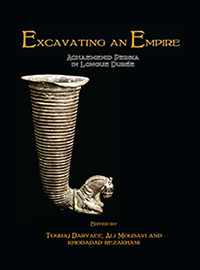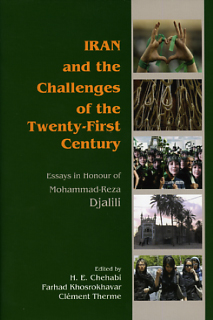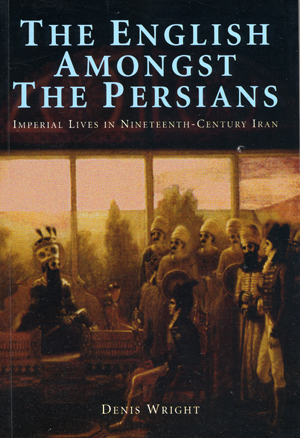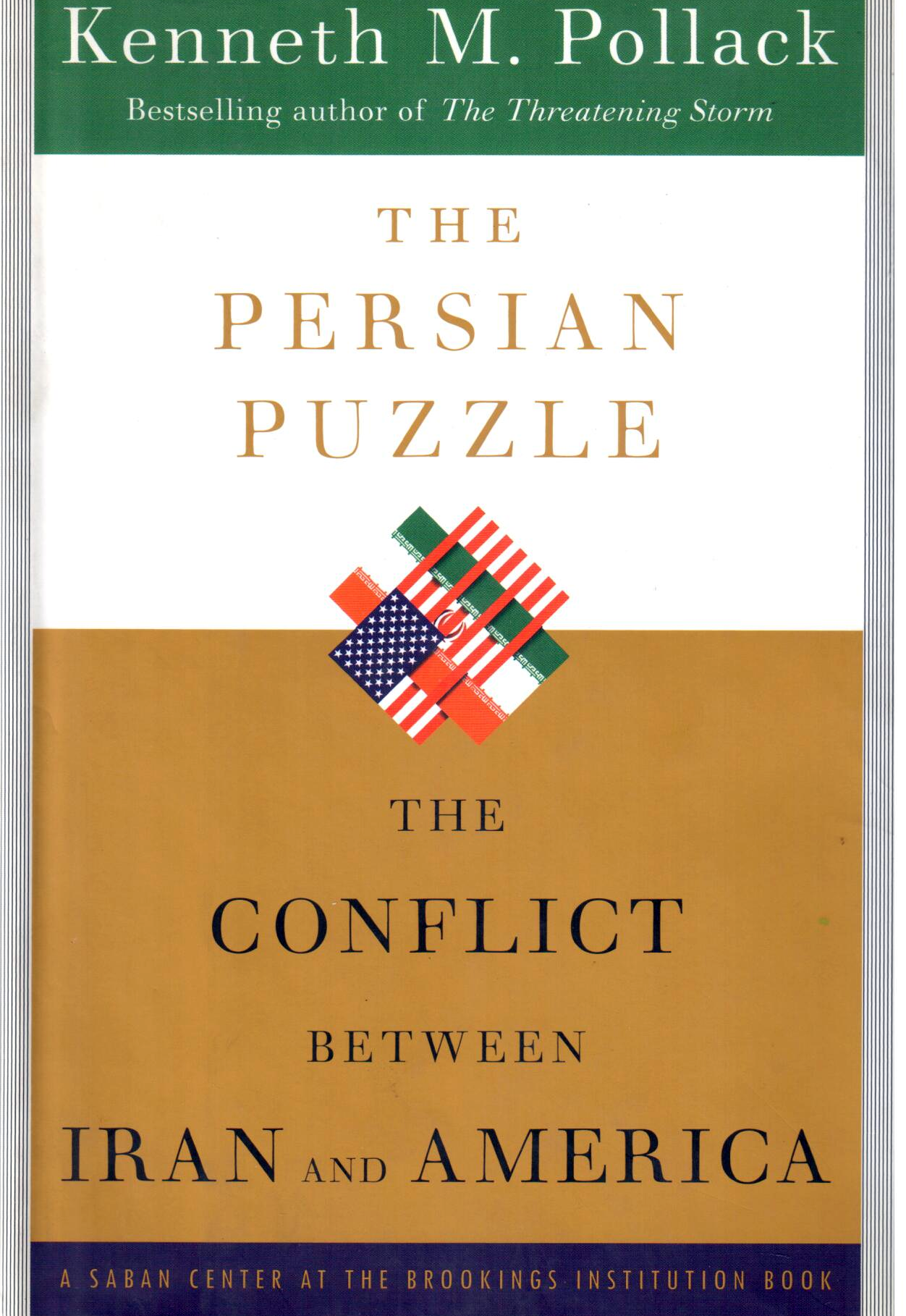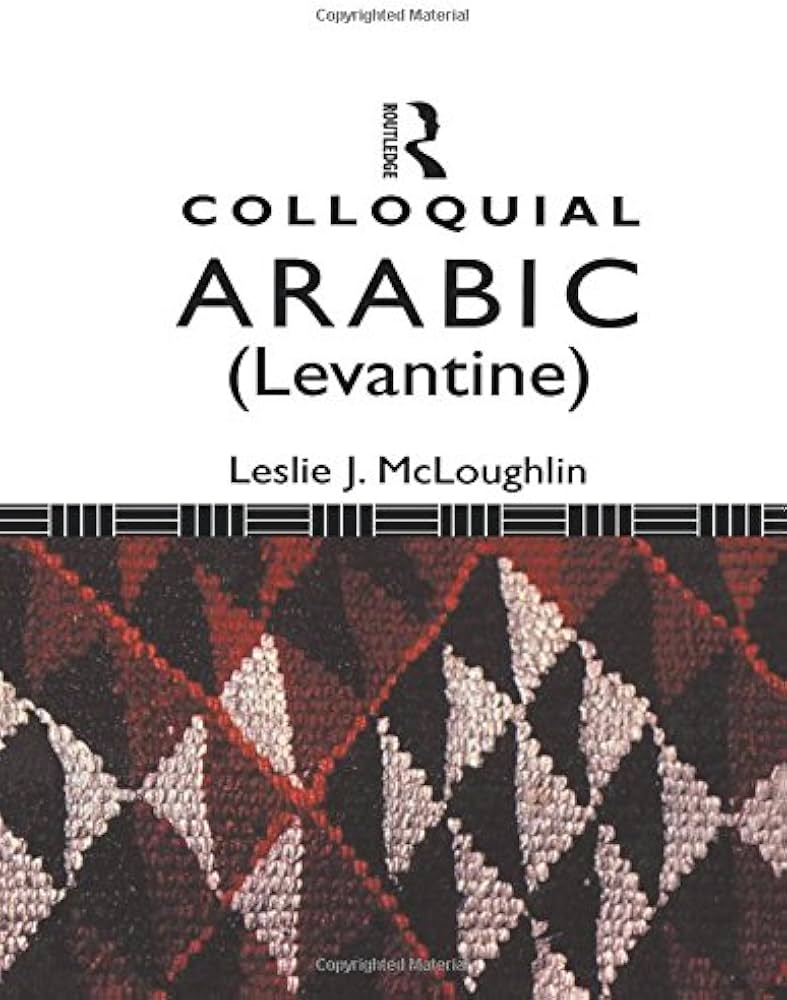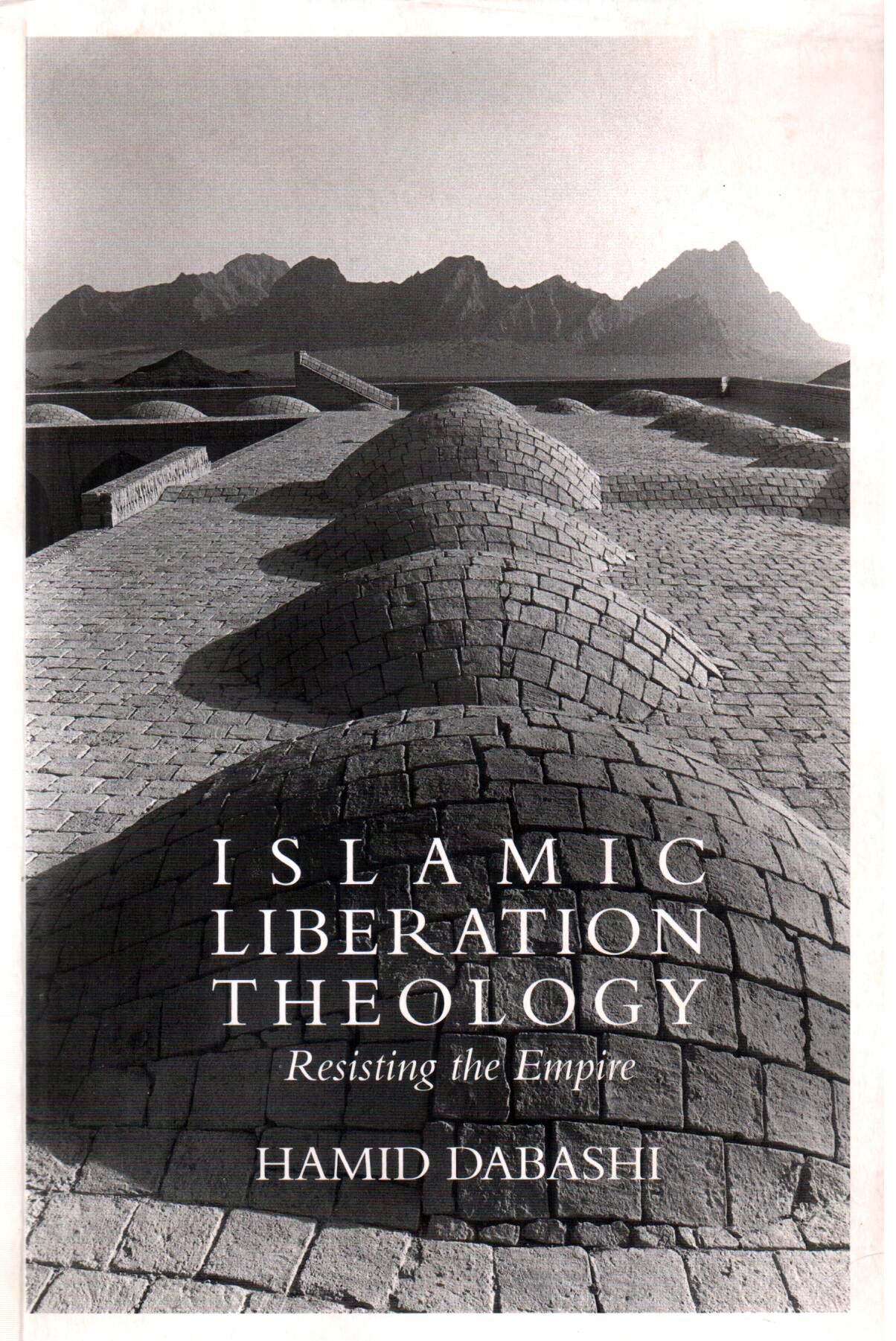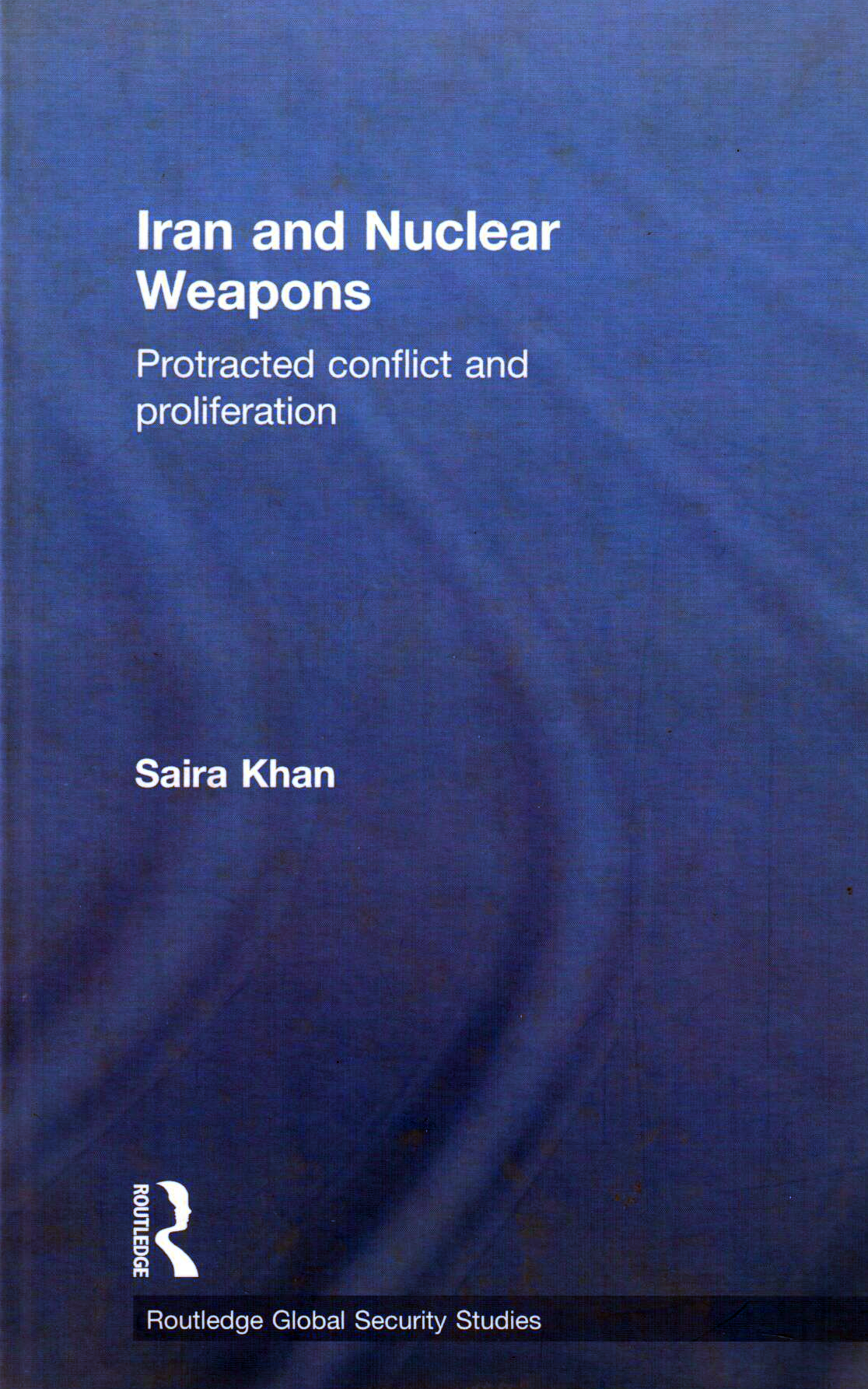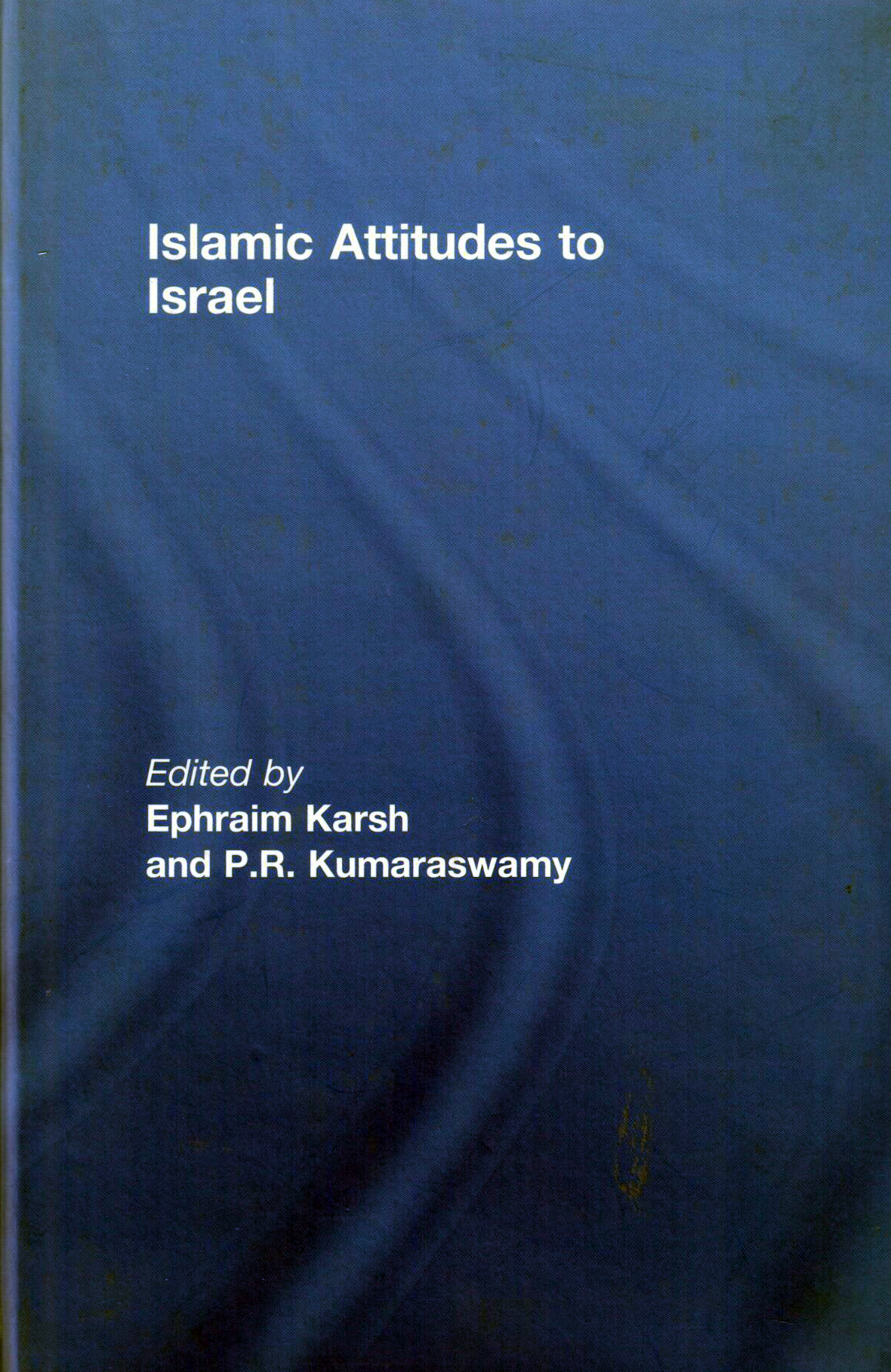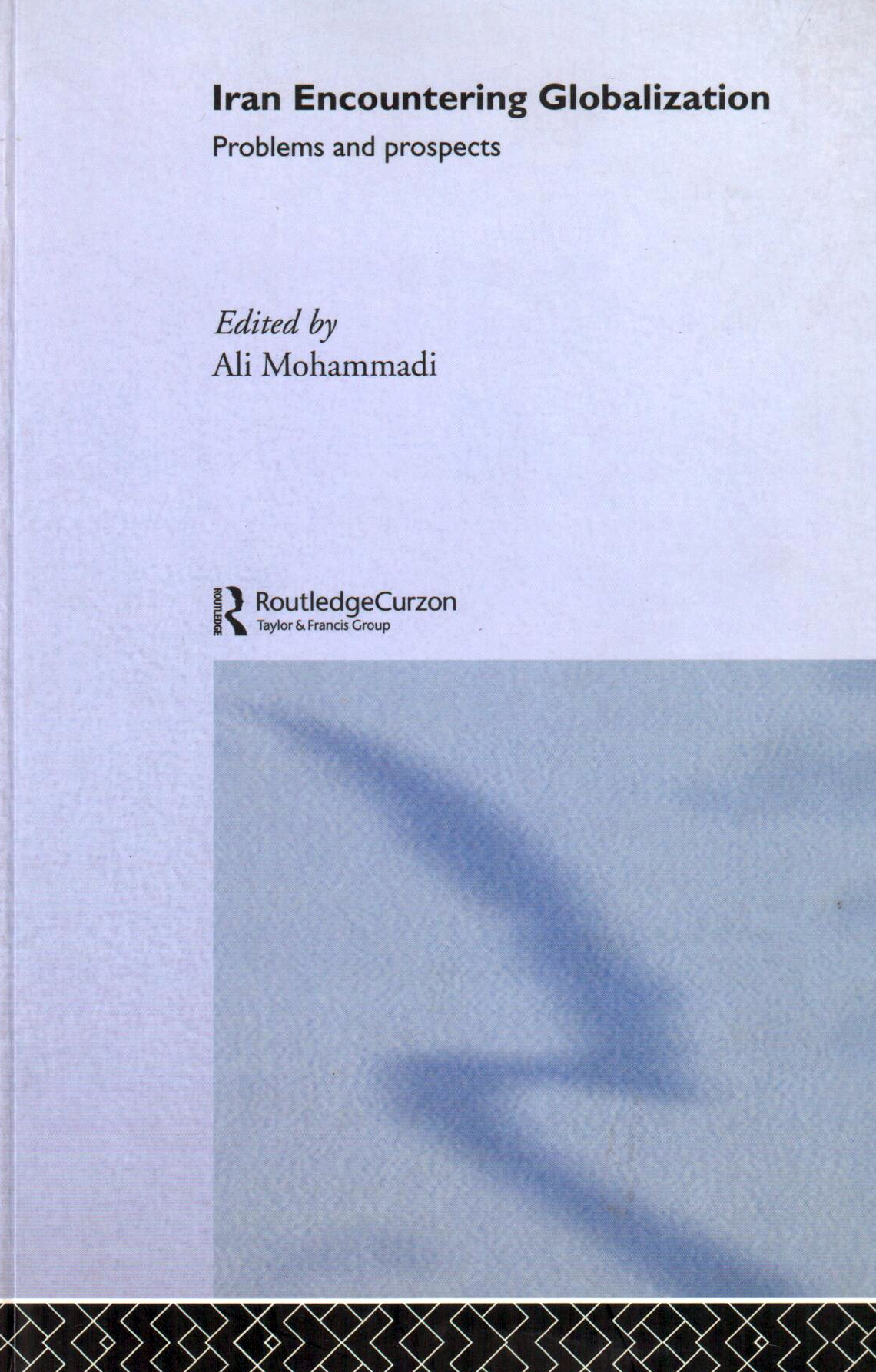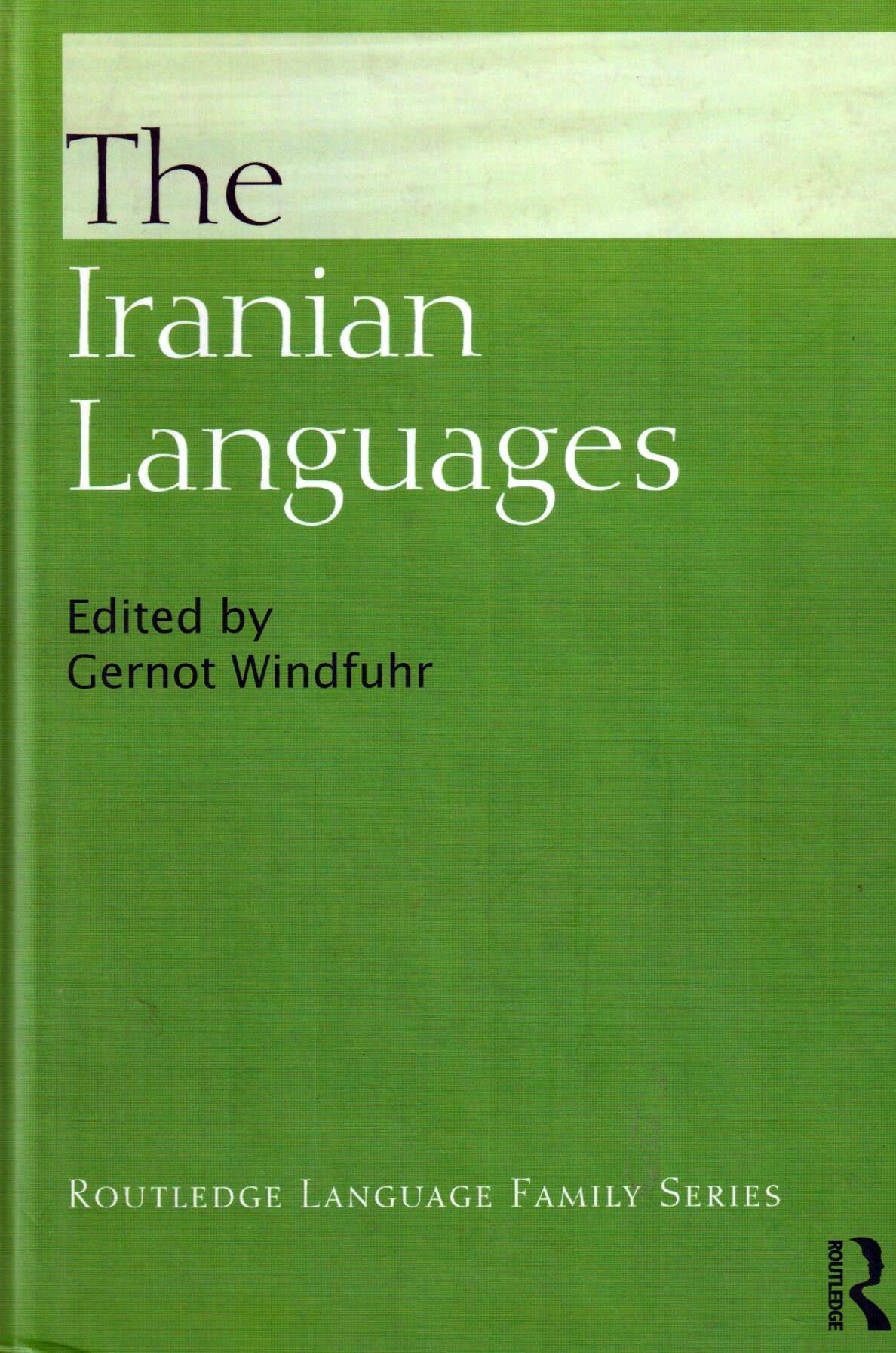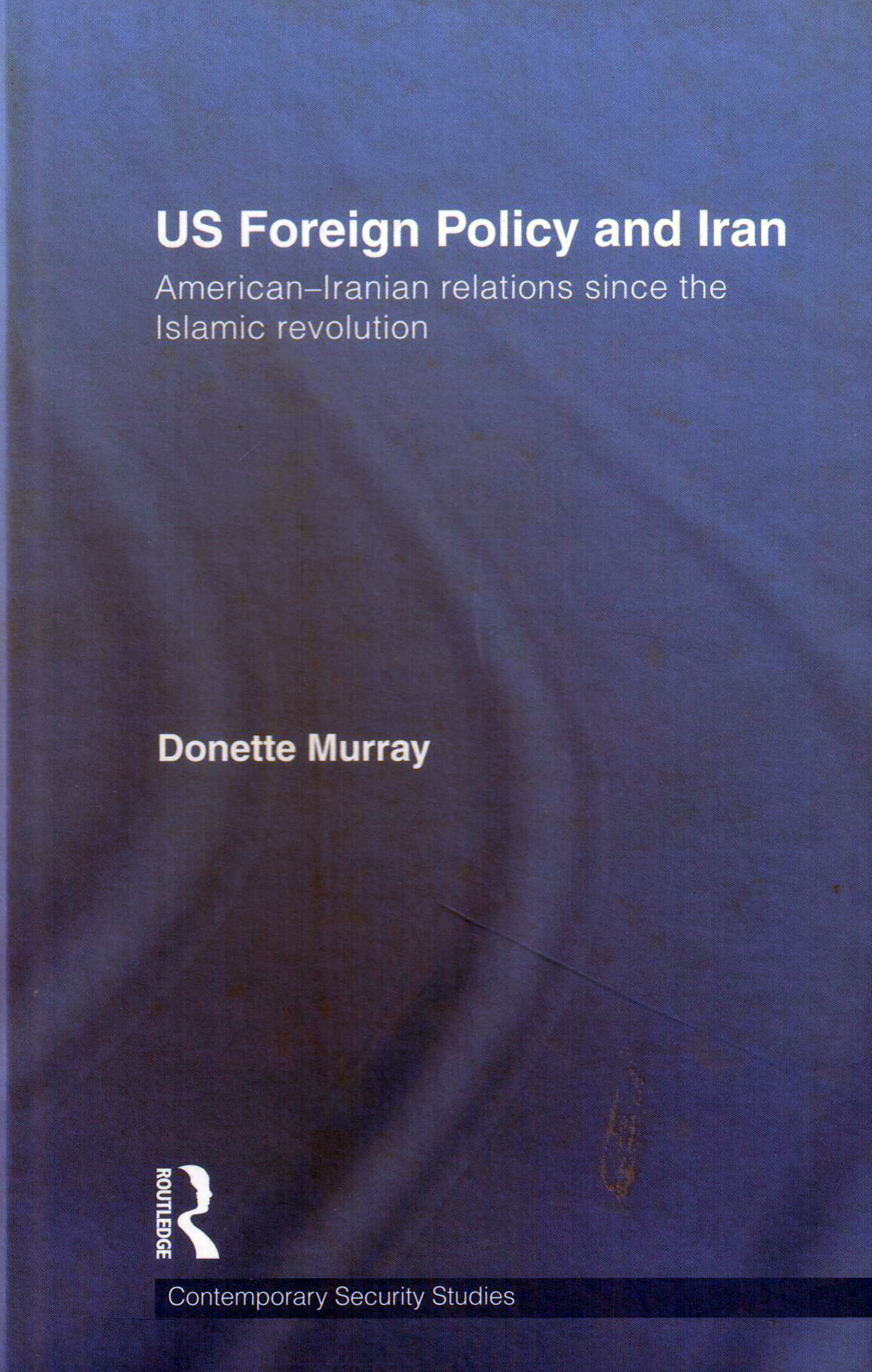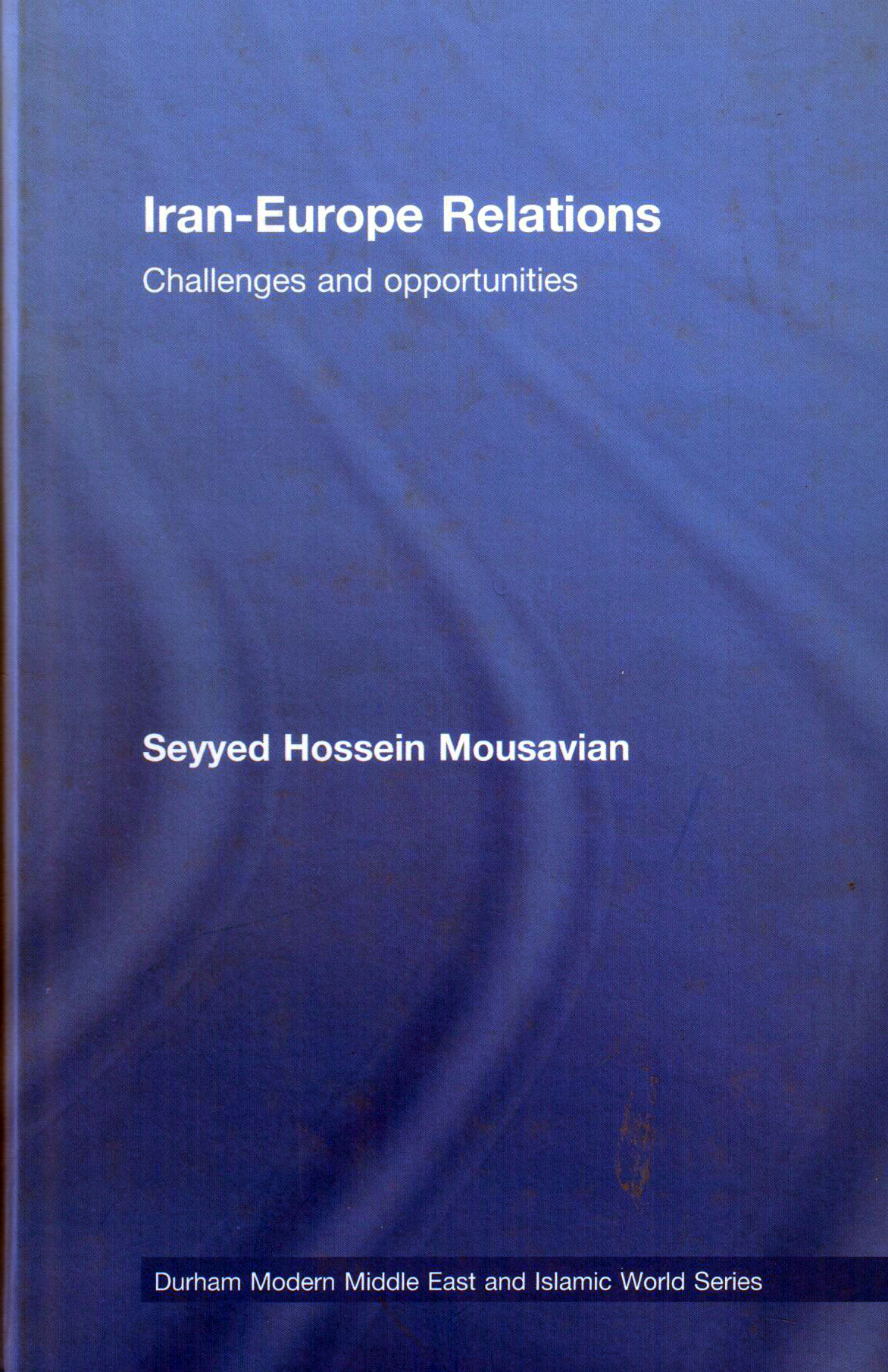انگلیسی 1399
The Military Balance of the Middle East
20٫49 $
اشتراکگذاری
Wishlist
Noted Middle East military expert Anthony H. Cordesman details the complex trends that come into play in determining the military balance in a region that has become so critical to world peace. This ready resource provides a wealth of information on military expenditures and major arms systems, as well as qualitative trends, by country and by zone. However, as Cordesman stresses, because the greater Middle East is more a matter of rhetoric than military reality, mere data summarizing trends in 23 different countries is no substitute for a substantive explanation. Using tables, graphs, and charts, this study explores every aspect of the regional military balance with attention to sub-regional balances, internal civil conflicts, and low level border tensions.The Middle East is certainly one of the most militarized areas in the world, and changes in technology, access to weapons of mass destruction, and political instability contribute to a situation that has long been in constant flux. Some of the regional flashpoints covered in this study include the Maghreb (North Africa); the Arab-Israeli conflict (dominated by Israel versus Syria); and the Gulf (divided into those states that view Iran as the primary threat and those who lived in fear of Iraq). Internal conflicts, such as those in Mauritania, Algeria, Libya, Egypt, Sudan, Bahrain, Saudi Arabia, Iraq, and Yemen, increasingly dominate regional tensions. In addition, border conflicts within the region and with neighboring countries could further aggravate the delicate balance.
more
Noted Middle East military expert Anthony H. Cordesman details the complex trends that come into play in determining the military balance in a region that has become so critical to world peace. This ready resource provides a wealth of information on military expenditures and major arms systems, as well as qualitative trends, by country and by zone. However, as Cordesman stresses, because the greater Middle East is more a matter of rhetoric than military reality, mere data summarizing trends in 23 different countries is no substitute for a substantive explanation. Using tables, graphs, and charts, this study explores every aspect of the regional military balance with attention to sub-regional balances, internal civil conflicts, and low level border tensions.The Middle East is certainly one of the most militarized areas in the world, and changes in technology, access to weapons of mass destruction, and political instability contribute to a situation that has long been in constant flux. Some of the regional flashpoints covered in this study include the Maghreb (North Africa); the Arab-Israeli conflict (dominated by Israel versus Syria); and the Gulf (divided into those states that view Iran as the primary threat and those who lived in fear of Iraq). Internal conflicts, such as those in Mauritania, Algeria, Libya, Egypt, Sudan, Bahrain, Saudi Arabia, Iraq, and Yemen, increasingly dominate regional tensions. In addition, border conflicts within the region and with neighboring countries could further aggravate the delicate balance.
more



